Perennials Vs. Annuals: Making The Best Choice For Your Flowerbeds
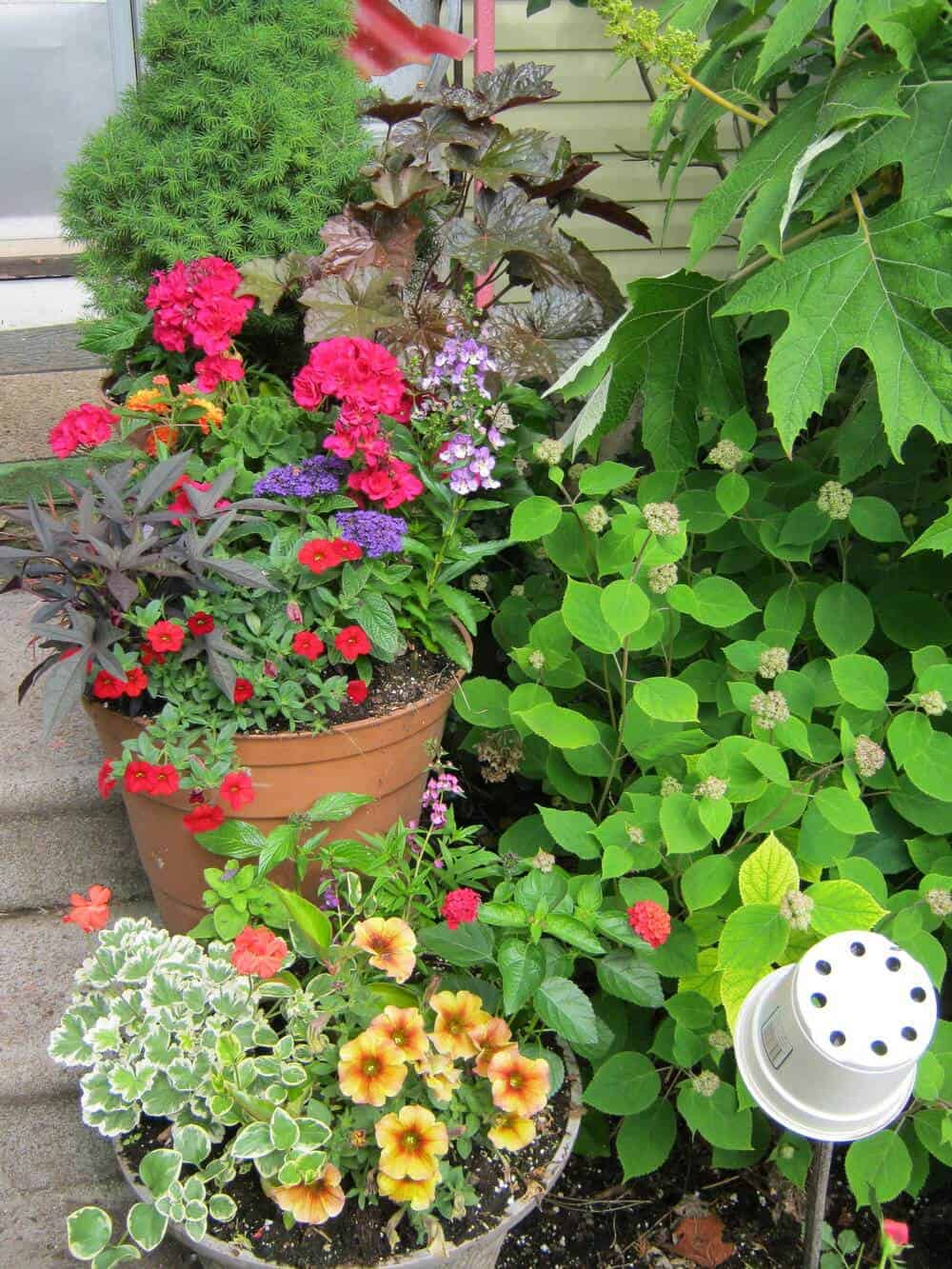
Table of Contents
Understanding the Lifespan: Perennials vs. Annuals
Perennials: The Long-Term Commitment
Perennials are plants that live for more than two years, returning year after year. This makes them a cost-effective choice in the long run, as you don't need to replace them annually. Once established, perennials often require less maintenance than annuals.
- Definition: Plants with a lifespan exceeding two years.
- Benefits: Long-lasting beauty, cost-effective over time, reduced maintenance after establishment.
- Examples: Coneflowers, daylilies, hostas, lavender, salvia, sedum.
- Considerations: Slower initial growth, may require division (splitting the plant to avoid overcrowding) or pruning to maintain shape and health. Some perennials need winter protection in colder climates.
Annuals: The Seasonal Spectacle
Annuals complete their life cycle in a single growing season. They offer a wide variety of colors and bloom times, making them perfect for adding a burst of seasonal beauty to your garden.
- Definition: Plants with a one-year life cycle.
- Benefits: Wide array of colors and varieties, fast-growing, quick impact, excellent for filling gaps in perennial beds.
- Examples: Petunias, zinnias, impatiens, marigolds, cosmos, sunflowers.
- Considerations: Require replanting annually, higher maintenance needs (watering, fertilizing, deadheading), susceptible to pests and diseases if not properly cared for.
Growth Habits and Maintenance
Perennials: Less Work, More Rewards
Once established, perennials generally require less maintenance than annuals. However, some care is still needed to ensure healthy growth and continuous blooming.
- Lower Maintenance: Watering needs decrease once roots are established.
- Deadheading: Removing spent blooms encourages more flowers and prolongs the blooming season. Learn how to properly deadhead your specific perennial varieties.
- Division: Every few years, dividing overcrowded perennials helps maintain vigor and prevent diseases.
- Winter Protection: In colder climates, some perennials may need mulching or other winter protection.
Annuals: High-Maintenance, High-Reward
Annuals demand more attention to thrive. Regular watering, fertilizing, and deadheading are crucial for optimal growth and abundant blooms.
- Regular Watering: Especially during dry periods, annuals need consistent moisture. Use mulch to help retain soil moisture.
- Fertilizing: Providing regular fertilizer boosts flowering and overall plant health. Choose a fertilizer formulated for flowering annuals.
- Deadheading: Regularly removing spent flowers encourages continuous blooming.
- Pest and Disease Control: Monitor for pests and diseases and take appropriate action.
Choosing the Right Plants for Your Garden Style
Perennials: Structure and Longevity
Perennials are ideal for creating a long-lasting, low-maintenance garden structure. They provide a strong backbone to your flowerbeds, with consistent color and texture year after year.
- Long-lasting structure: Create a base for your garden design that returns seasonally.
- Attracting Pollinators: Many perennials attract beneficial insects like bees and butterflies.
- Consider Mature Size: Choose perennials appropriate for your space, considering their mature size and spread.
- Create a sustainable garden: Reduce your workload and environmental impact with long-lasting plants.
Annuals: Flexibility and Vibrant Color
Annuals offer the flexibility to change your garden's look each year. They are perfect for adding pops of color and texture, or filling in gaps temporarily.
- Seasonal Variety: Experiment with different combinations and colors every year.
- Quick Impact: Achieve immediate visual results in your garden.
- Containers and Hanging Baskets: Ideal for containers, window boxes, and hanging baskets.
- Temporary Displays: Create spectacular displays for events or specific seasons.
Cost Considerations: Long-Term vs. Short-Term Investment
The initial cost of perennials is typically higher than annuals. However, the long-term cost is significantly lower due to the plants' longevity.
- Initial Cost: Perennials are more expensive upfront, but annuals require annual repurchases.
- Ongoing Costs: Factor in the cost of annual replacements for annuals.
- Maintenance Costs: Consider the time and resources invested in maintaining both types of plants. Annuals often require more maintenance overall.
Conclusion
The choice between perennials and annuals ultimately depends on your gardening goals, available time, and budget. Perennials offer a long-term, low-maintenance solution for creating a beautiful and sustainable garden, while annuals provide vibrant, seasonal displays with greater flexibility. By understanding the differences between perennials vs. annuals, you can confidently select the best plants to create stunning flowerbeds that reflect your personal style. Start planning your dream garden today – choose the right combination of perennials and annuals for breathtaking results!

Featured Posts
-
 Real Madrid 1 0 Athletic Tres Preguntas Clave Y Sus Respuestas
May 29, 2025
Real Madrid 1 0 Athletic Tres Preguntas Clave Y Sus Respuestas
May 29, 2025 -
 From Scatological Data To Engaging Audio An Ais Poop Podcast Revolution
May 29, 2025
From Scatological Data To Engaging Audio An Ais Poop Podcast Revolution
May 29, 2025 -
 Bryan Cranstons How I Met Your Mother Pete Rose Joke A 20 Year Prophecy
May 29, 2025
Bryan Cranstons How I Met Your Mother Pete Rose Joke A 20 Year Prophecy
May 29, 2025 -
 Eyxes Tramp Gia Ton Mpainten Meta Tin Astheneia Toy
May 29, 2025
Eyxes Tramp Gia Ton Mpainten Meta Tin Astheneia Toy
May 29, 2025 -
 John Jc Collins And Tina Radburn Depart Q Music A Legacy Of Service
May 29, 2025
John Jc Collins And Tina Radburn Depart Q Music A Legacy Of Service
May 29, 2025
Latest Posts
-
 Bts V And Jungkooks Post Military Physiques Fan Reactions And Viral Gym Photos
May 30, 2025
Bts V And Jungkooks Post Military Physiques Fan Reactions And Viral Gym Photos
May 30, 2025 -
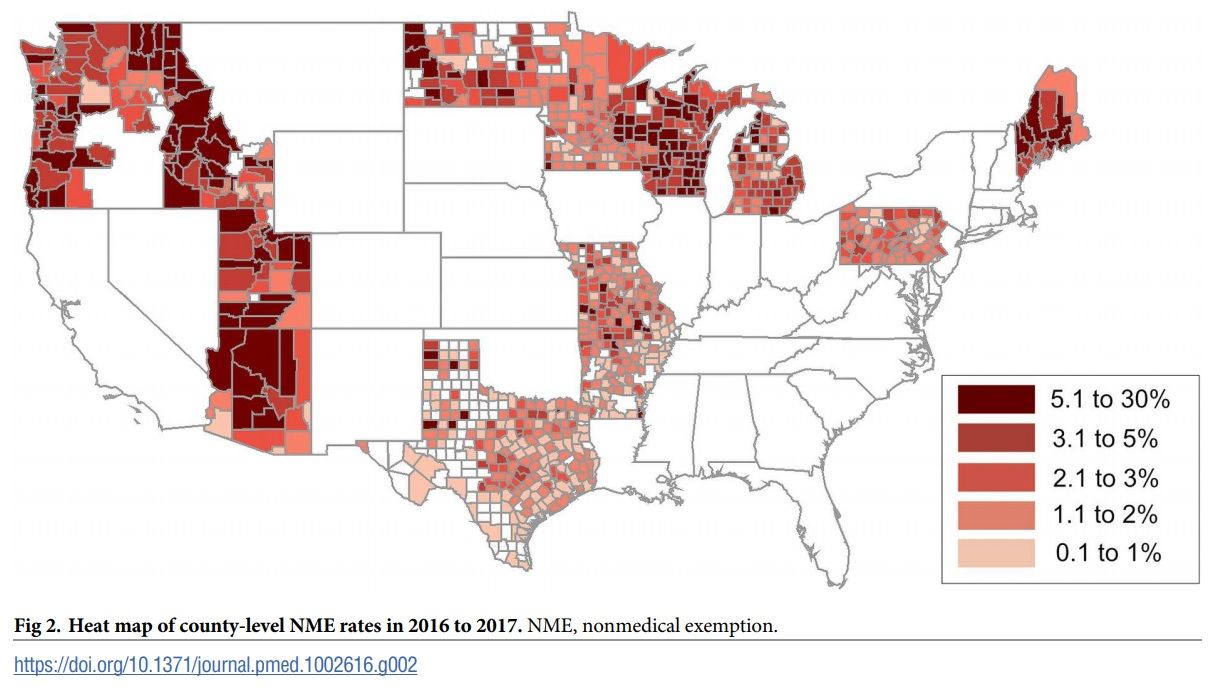 Measles In Texas A Growing Number Of Unconnected Outbreaks
May 30, 2025
Measles In Texas A Growing Number Of Unconnected Outbreaks
May 30, 2025 -
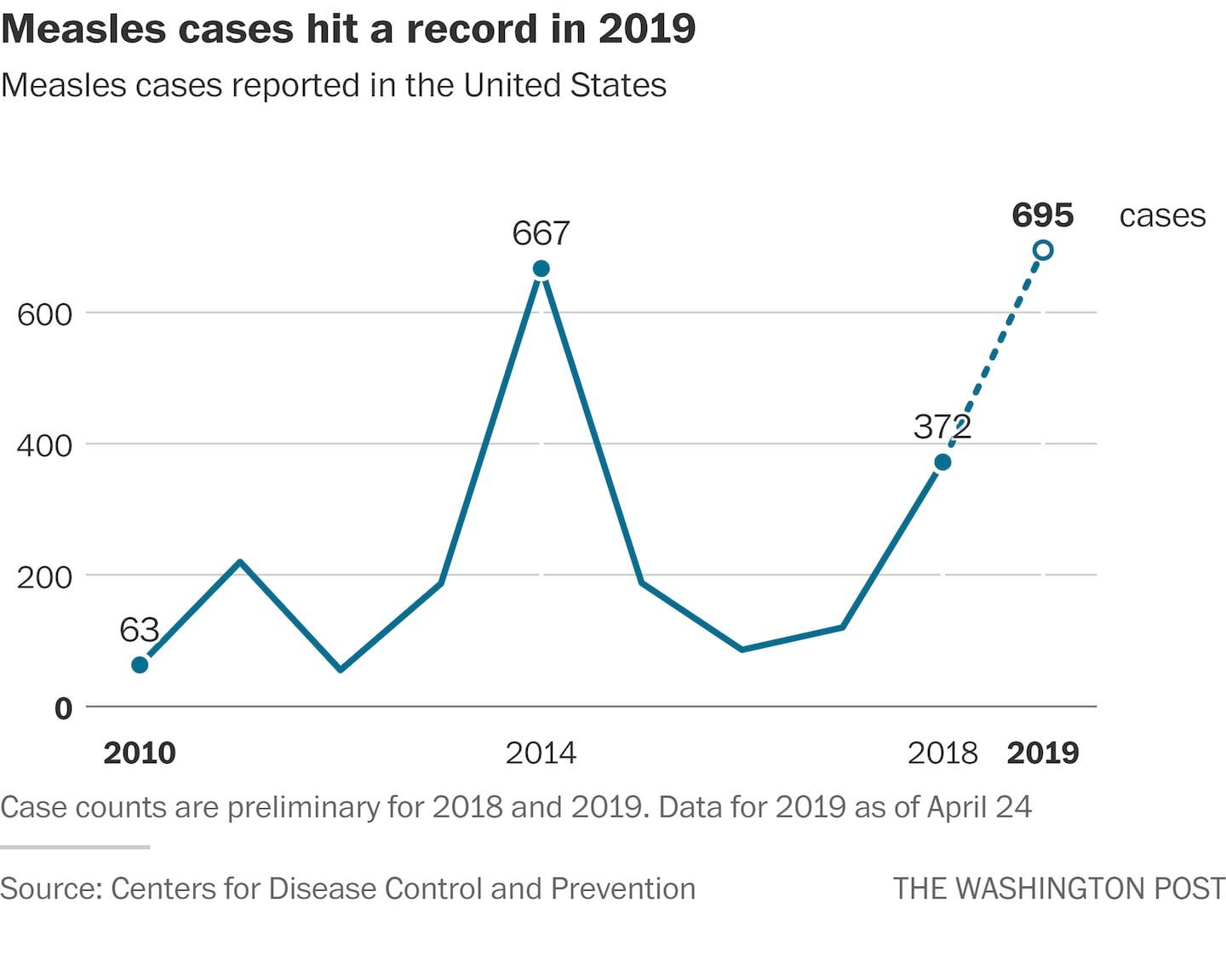 Texas Measles Increase In Unrelated Cases Raises Public Health Alarm
May 30, 2025
Texas Measles Increase In Unrelated Cases Raises Public Health Alarm
May 30, 2025 -
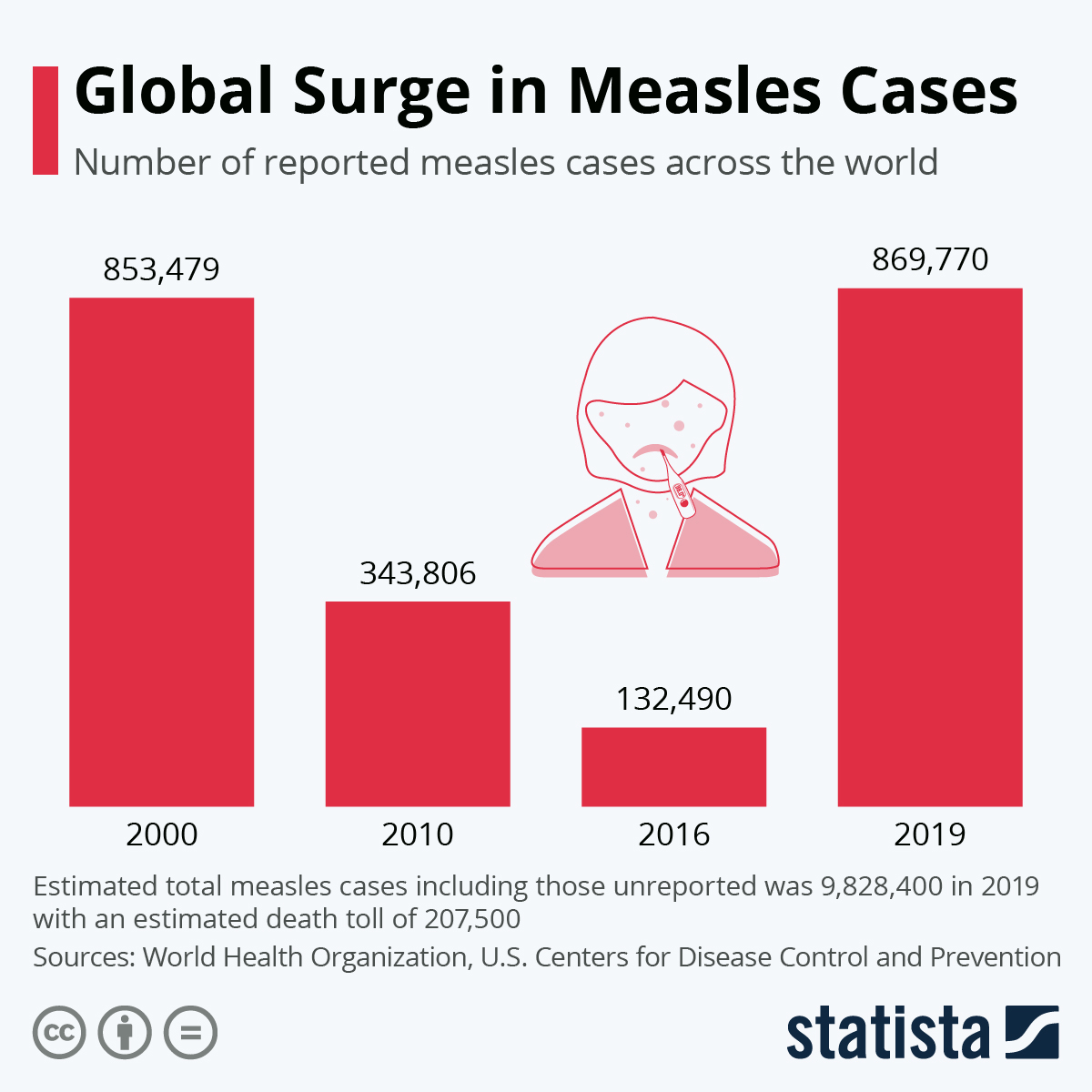 Texas Measles Cases Surge Independent Outbreaks Worry Health Officials
May 30, 2025
Texas Measles Cases Surge Independent Outbreaks Worry Health Officials
May 30, 2025 -
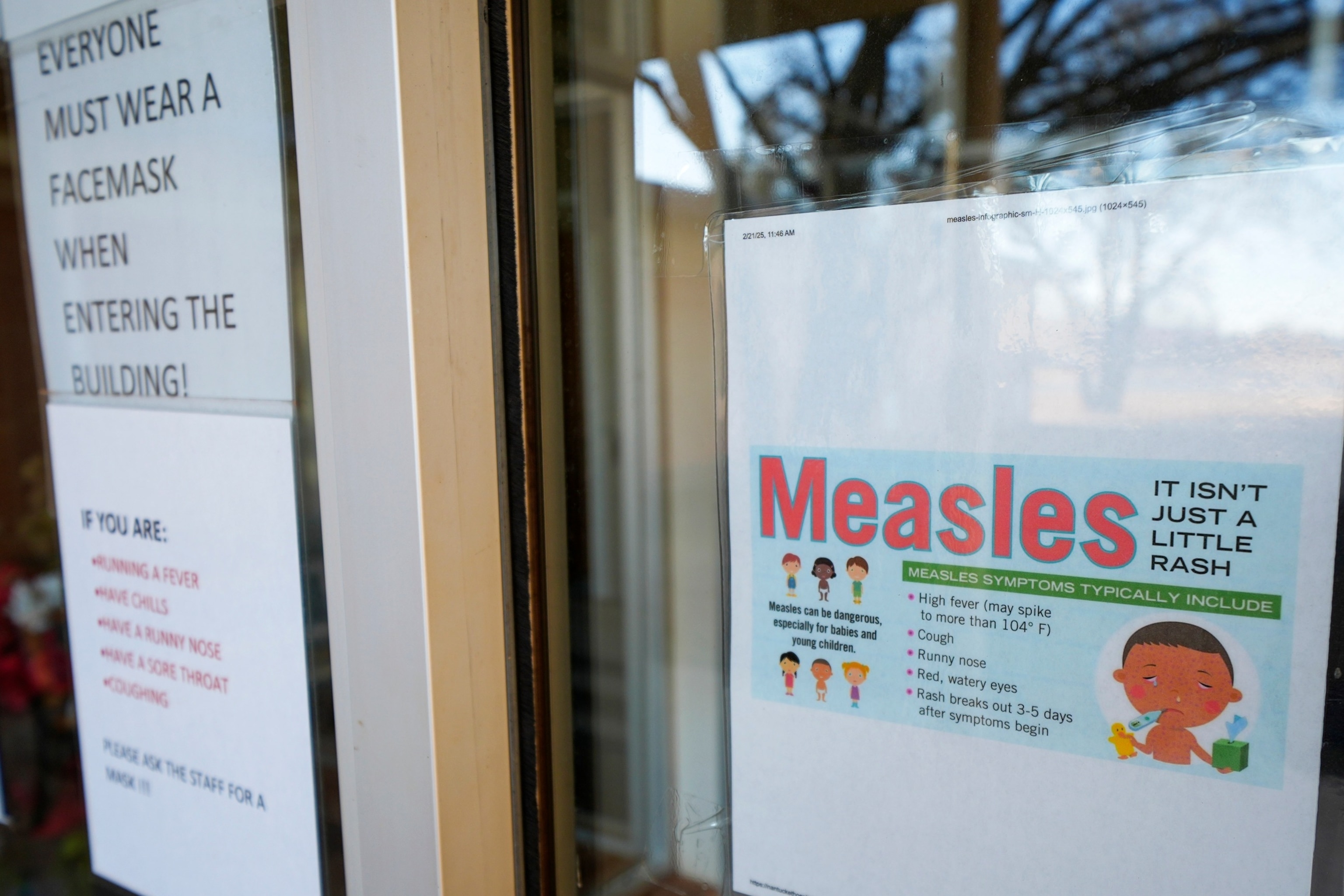 Texas Measles Outbreak Unlinked Cases Fuel State Wide Rise
May 30, 2025
Texas Measles Outbreak Unlinked Cases Fuel State Wide Rise
May 30, 2025
